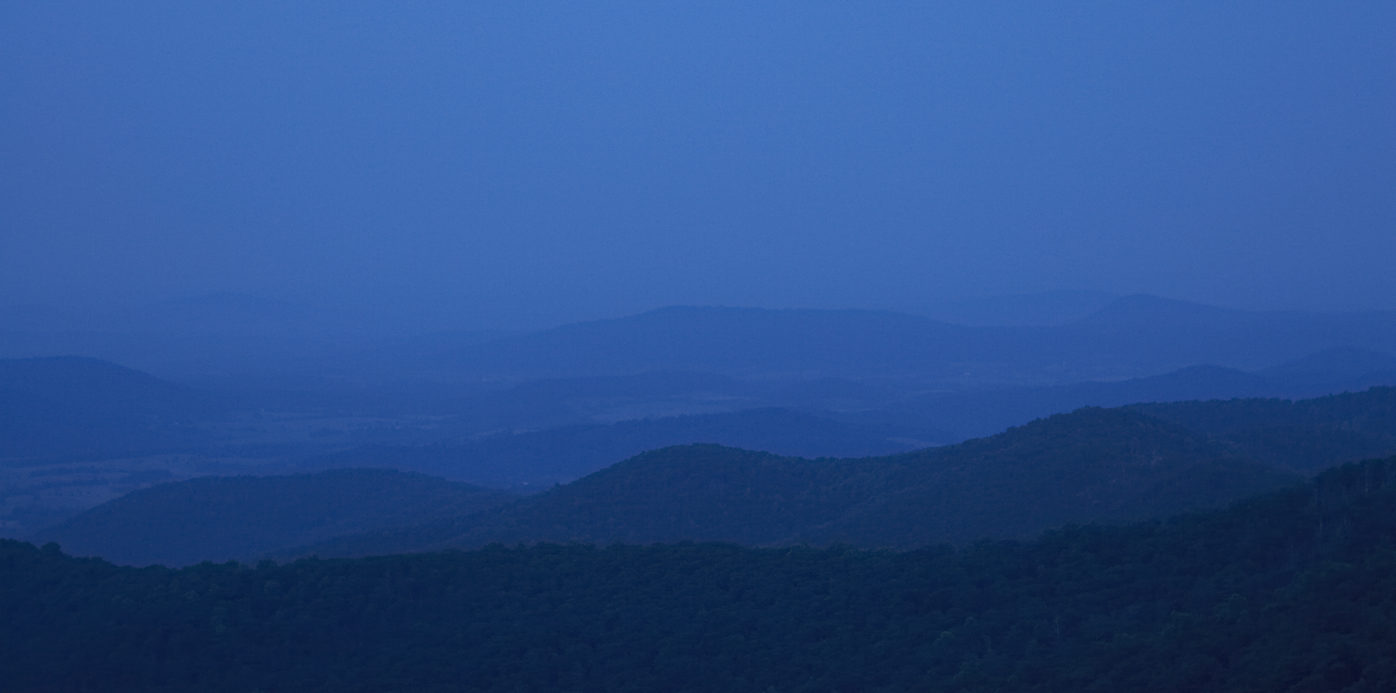In my first book, Memory Cards: Portraits from a Rural Journey, I wrote about the three girls who are buried on my parents’ farm, in a small plot near my house.
The Winstead sisters, Mamie Harriet, 21; Mary Frances, 18; and Eula Pearl, 9 went swimming in the Tar River during a blistering July heat wave. It was 1931 in the midst of the Depression and temperatures were at 100 degrees or better. It was a killer heat wave that took many casualties.
I’d heard many stories about what happened and finally did some research to match the one I felt most reliable — from my neighbor who passed away when I was five — with records I could find.
The girls drowned in what was known as an Indian Hole, an underwater whirlpool. I’ve since found out in other places these are known as Elephant Holes. One of the girls got pulled in and as each sister tried to save the others, they all went down.
Recently, a friend of mine, Linda from Nashville, who provided a key jumping off point for Galvanized, sent me a newspaper clipping I’d never seen. It was from The Nashville Graphic on July 9, 1931. I was not able to find that paper at the time I wrote the chapter “The Indian Hole.”
The funeral was held on July 4 under a pecan tree that was in my parent’s yard until one of the 90s worst hurricanes took it out. According to the paper, about 2,000 people attended the funeral. The paper also said that the girls were all buried in the same grave.
One of the names was listed incorrectly in the paper, as well as her age. It also offered a contradiction to another bit of research that I’d found saying the girls had washed up on the banks of the Tar, downriver. This story said they were found with grappling hooks.
“There was not a dry eye in the large crowd assembled. The greatest sympathy going out to the bereaved father and two brothers, only close close members of the family left …”
The paper said an aunt was living with the family at the time, information I also didn’t initially find. That explains the grave with the only headstone, to Dola Winstead.
The girl’s father, James Joshua Winstead, was no stranger to tragedy. Eleven years earlier, his wife, Ava, had given birth to a stillborn son. That same year, Winstead’s daughter Bettie died on December 22 and Ava died on Christmas Day, victims of the second, less well-known Spanish flu epidemic.
One of Winstead’s sons died at 27 and the other at 52. Winstead died in 1941.
I used to hear all kinds of creaks and see shadows when I was a boy trying to sleep in my room. Local legend was that “Mr. Josh” was roaming the house and farm looking for his girls, and I remember people asking my mama if she ever saw Mr. Josh. I didn’t know I was in the same house the Winstead family had lived in, since there were other structures that had fallen down or been moved on farm, so I had no idea what they were talking about. I found out when I was working on the book.
Linda’s husband Terry grew up in the house I grew up in, his family moving away in the 1950s. He drew me a diagram of the house and it looks like my bedroom was where Mr. Josh passed away.
We’ve had some hard rains this spring, and for the first time since I was a child, the cemetery is bringing back some of the past. The grave area and the cinder blocks that lined it are visible, as is another, much smaller one that must be for the baby.


Your research keeps on bearing fruit. Thanks for sharing!
Wow, So interesting & sad. we live here in Greenville NC. and drive over the tar river. Never will be able to cross it again now with out remembering these sisters… I also, Never heard of a underground whirlpool, where exactly is this. We have 7 grands who may someday decide to cool off in the tar River on a Hot Summer’s day.
Thanks you for writing & researching and remembering a family that was here. Out of 2000 people attending. it took one to bring them all back to life.~{{{HUGS}}}~
Thanks for reading and for the kind words. This particular one is in southern Nash County, near Bryant’s Bridge. It’s about four miles outside Spring Hope.
Wow, good thing that you didn’t have that information when you were a boy. Is that house still standing? And if not, where was it located on the farm? As always, good stuff Mike.
It is still standing — my parents live there.